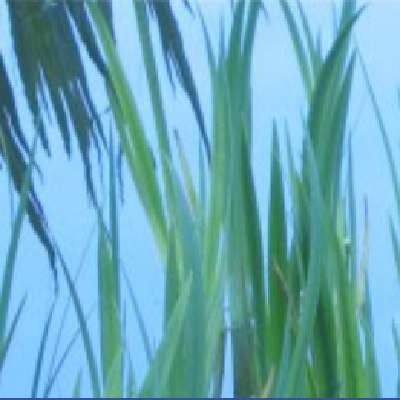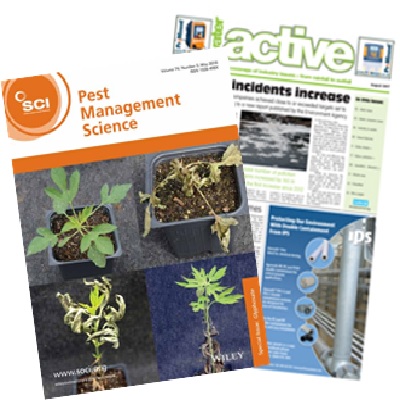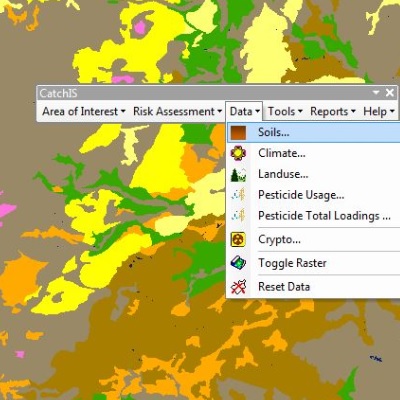CatchIS case studies
There is a growing community of CatchIS users, including:
Severn Trent Water Ltd
Utility
Severn Trent Water Ltd sponsored the original development of CatchIS, commencing with its inception in 1992. Severn Trent have used CatchIS since for a variety of water resource management and catchment protection roles. The CatchIS datasets are networked and allow multi-user access across many departments.
Yorkshire Water Ltd
Utility
Yorkshire Water have used CatchIS to assist in determining their sampling regimes and catchment protection strategies.
The Environment Agency
Regulator
The EA draw upon the CatchIS system, running the CatchIS software together with a range of additional specialist modules, benefitting from the modular design of CatchIS.
The Voluntary Initiative
Stakeholder group
The Voluntary Initiative (VI) undertook a review of CatchIS in the Ugie catchment, Scotland, producing and validating a surface water risk assessment map for the pesticide IPU showing the spatial patterns of risk due to the pesticide properties, soil and climate.
The Catchment Sensitive Farming Initiative
Industry advisers and extension
The Catchment Sensitive Farming Initiative (CSFI) programme have received a series of reports for a number of the initial CSF catchments showing maps of risk due to the soil and climate only. Workshops and discussions have been held with the relevant CSF Officers to aid the interpretation and application of these results.
United Utilities
Utility
United Utilities have been using catchment reports from the CatchIS bureau service, showing the top pesticides for each of their water treatment works split between surface water and ground waters.
Anglian Water
Utility
Anglian Water are receiving regular CatchIS bureau reports to aid their determination of catchment risks to surface and groundwaters, as well as supporting their sampling strategies.
Special projects
CatchIS in development and use
This section provides examples of CatchIS in use and the ways in which it has been applied. The CatchIS project overall has lead to the development of a range of branches for development, some of which are now available and more of which are upcoming for instance enhancing the models in CatchIS to assess the impact of a range of organic contaminants at the catchment level such as nitrates and phosphates. In this way CatchIS can become a true integrated catchment risk assessment system.
Equally, the CatchIS team have been working with a range of stakeholders to develop the interpretations offered. A recent example is the work undertaken with the Catchment Sensitive Farming (CSF) project.
Catchment Sensitive Farming
CSF
The CatchIS system provides a useful tool for the characterisation of risk at the catchment scale. This is of direct consequence for the UK Catchment Sensitive Farming (CSF) initiative, and the CSF Officers seeking to develop measures to tackle diffuse water pollution from agriculture to meet Water Framework Directive requirements. The CatchIS system is able to produce summary reports for CSF officers which can be used to help assess the implications of certain crop-compound combinations in their catchments. Examples of the reports available are provided for a number of select catchments.


